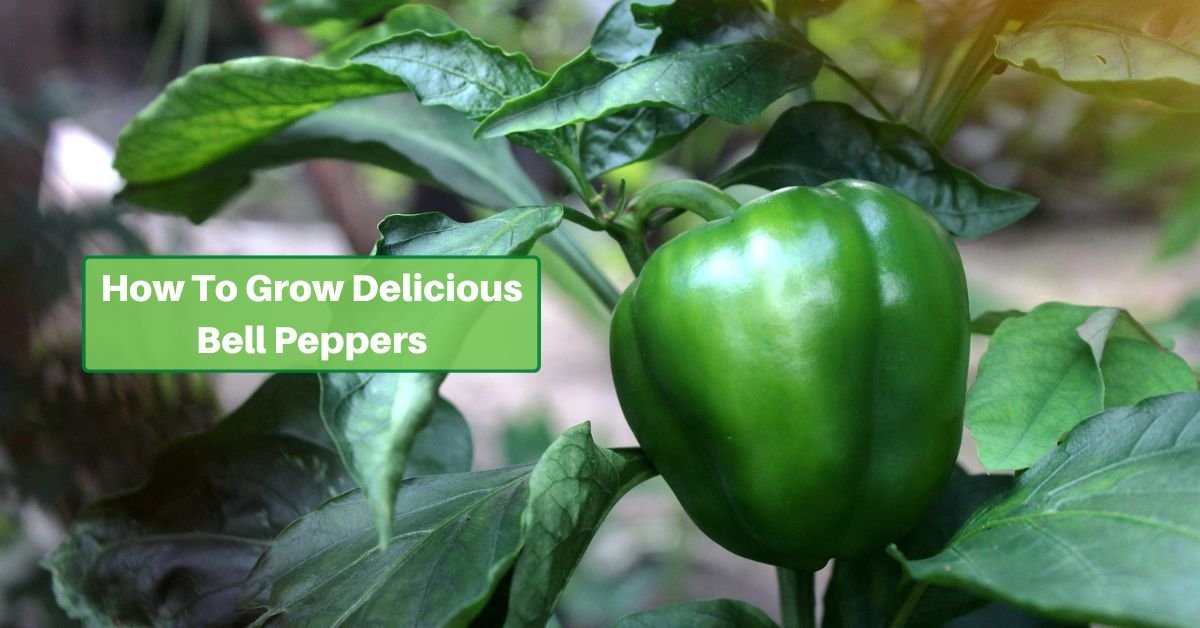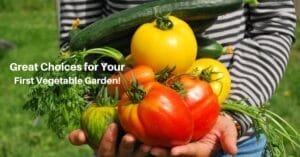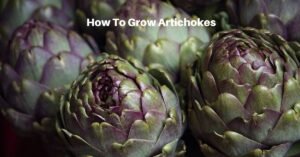Bell peppers, also known as sweet peppers, come in various colors, but their crispness and taste make them a delightful part of a meal. And it’s not hard to grow them for yourself! Let’s have a look at how to grow them so that you’ll be able to add them to your menu!
Choosing the Right Time to Plant
Bell peppers thrive in warm temperatures and need a long growing season to mature. In regions with shorter growing seasons, it’s advisable to start seeds indoors 8-10 weeks before the last expected frost date.
Transplant the seedlings outdoors two or three weeks after the threat of frost has passed and the soil has warmed up.
Preparing the Soil
Bell peppers prefer well-drained, loamy soil with a pH level of 6.0 to 6.8. Before planting, work the soil to a depth of 12-15 inches and remove any rocks or debris. Add organic matter such as compost to enhance soil fertility and water retention.
Planting Bell Pepper Seedlings
Transplant bell pepper seedlings when they have developed a strong root system and a few sets of true leaves. Space the seedlings 18-24 inches. The rows should be 24-36 inches apart.
Dig holes slightly larger than the root ball and gently place the seedlings, ensuring that the top of the root ball is level with the soil surface.
Order Bell Pepper Seeds Online
Sunlight Requirements
Bell peppers thrive in full sunlight. They should get at least 6-8 hours of direct sunlight per day. Be sure that their spot in your garden receives ample sunlight so the plant will be healthy and produce the best fruit.
Fertilizing and Watering
Proper nutrition is essential for bell pepper plants to produce abundant fruits. Mix a balanced, slow-release fertilizer into the soil before transplanting. During the growing season, side-dress the plants with additional fertilizer every 4-6 weeks.
Keeping the soil moist is key for healthy pepper plants. Water deeply and consistently, ensuring the soil is evenly moist but not waterlogged. Mulching helps keep the soil moist and can help keep pests away, too.
Support and Pruning
As bell pepper plants develop, they may become heavy with fruit. Providing support, such as stakes or cages, can help prevent the plants from bending or breaking. Additionally, pruning encourages better air circulation and sunlight penetration. And that helps reduce the risk of disease and promotes larger fruit development.
Pest and Disease Management
Bell peppers can be susceptible to pests such as aphids, pepper weevils, and fungal diseases like blossom end rot. Inspect your plants regularly for signs of pests or disease, and take appropriate measures such as using insecticidal soap or applying fungicides if needed.
Harvesting Bell Peppers
Harvesting bell peppers at the right stage of maturity helps ensure the best flavor and texture. Bell peppers are typically ready to be harvested when they reach their full size and have a glossy appearance. Gently twist or cut the pepper from the plant so you don’t damage the stem.
Bell peppers can be harvested at different stages of ripeness. Green peppers are harvested before they change color. Red, yellow, and orange peppers are fully ripe and have a sweeter flavor. Allow bell peppers to fully mature on the plant for the best taste.
Growing bell peppers in your home garden can be rewarding as you see the plants thrive – and even more when you enjoy the tasty peppers in a meal. With proper planting, soil preparation, and maintenance, you can nurture healthy bell pepper plants and enjoy the vegetables they produce. You’ll soon be enjoying a wonderful mix of crispy, colorful bell peppers grown right at home!










